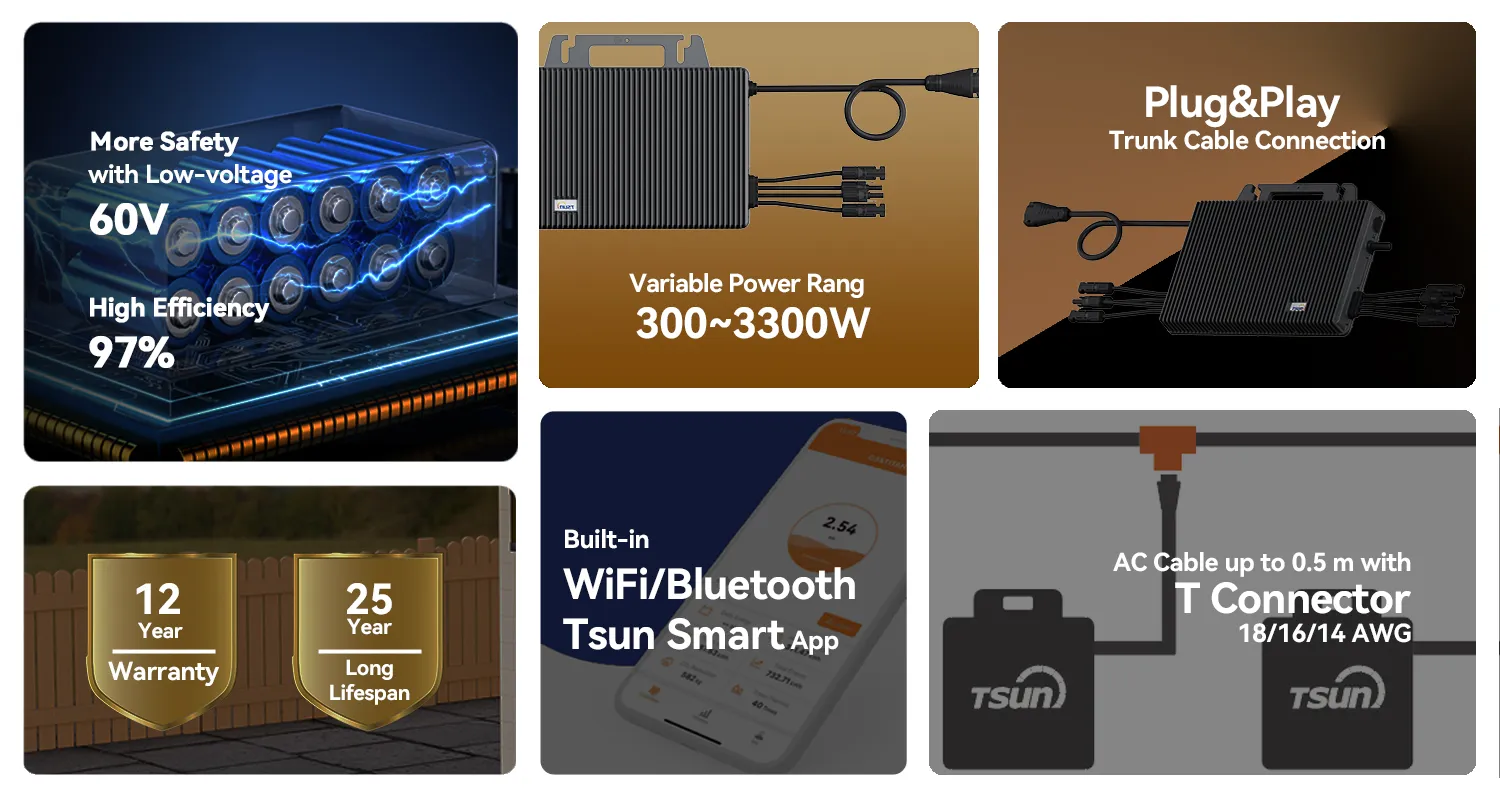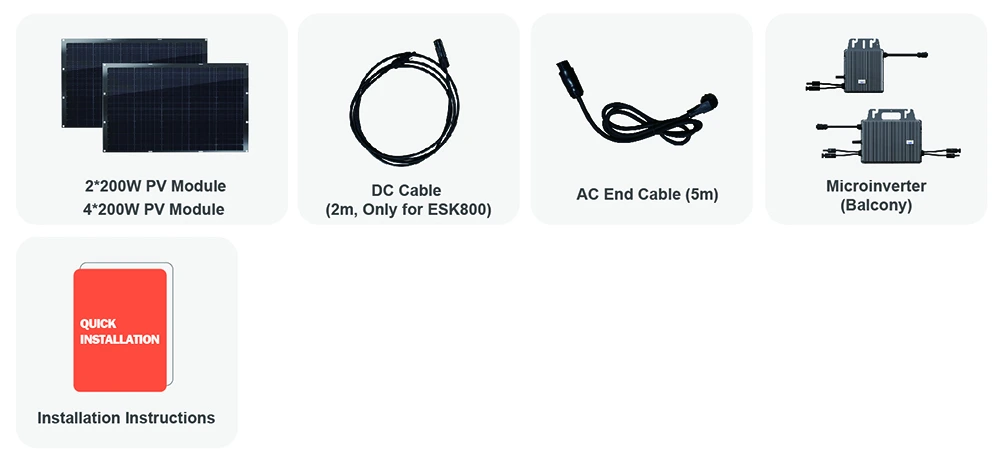Understanding the nuances of string inverters, central inverters, and micro inverters can drastically impact the performance and efficiency of solar energy systems. Each type of inverter offers unique advantages and is suited for specific applications, making it crucial for consumers and solar professionals to select the right one based on their project's needs.

String inverters are the most commonly used in residential and small commercial solar applications due to their balance of cost and efficiency.
Each string inverter connects a string of panels, converting the collective DC output into AC electricity. This configuration is cost-effective and relatively simple to set up, making it an attractive choice for homogeneous roof layouts. However, their performance can be compromised if some panels in the string are shaded or dirty, as the entire string's output will be reduced to the least-performing panel. Yet, advancements in optimization solutions like power optimizers can mitigate these issues, enhancing the flexibility and performance of string inverters.
Central inverters, on the other hand, are large units designed for utility-scale installations or substantial commercial projects. They aggregate the DC output from numerous panels, thus requiring fewer inverters per watt generated. This centralization offers a lower cost per watt and often makes maintenance easier since there are fewer components than in a distributed system. Reliability is a crucial advantage here, as they are usually housed in ground-level, easily accessible locations, simplifying service and maintenance. However, the initial capital investment for a central inverter setup can be higher, and any malfunction could impact a larger portion of the system’s output.

string inverter vs central inverter vs micro inverter
Micro inverters represent a more decentralized approach, with one inverter installed per panel. This configuration maximizes the efficiency of each module by converting DC to AC at the panel level. The main advantage of micro inverters is their ability to optimize individual panel performance, making them ideal for installations with significant shading or varied orientations. The modular nature of micro inverters provides a longer lifespan and improves system resilience, as a single panel or inverter failure has minimal impact on the overall system output. However, the increased number of components can lead to higher upfront costs and potentially more sophisticated maintenance requirements.
Each type of inverter technology carries implications for loss mitigation, system complexity, and maintenance strategies. Consumers weighing energy solutions must consider the specific project requirements, such as scale, shading, and financial constraints, to determine the most suitable inverter type. Moreover, it's essential to partner with experienced solar installers and manufacturers that provide reliable warranties and support, ensuring a robust and efficient energy solution.
The solar industry continues to evolve, with advancements in inverter technologies promising greater efficiencies and capabilities. Staying informed on these developments can aid in making adept decisions regarding the best solar solutions to meet energy goals. Making the correct choice among string, central, and micro inverters not only influences the immediate financial outlay but can also have long-term impacts on energy yield, system longevity, and return on investment. Whether implementing a small residential system or a large-scale commercial array, understanding the intricacies of inverter technology remains a cornerstone of successful solar energy strategy.
 LEARN DETAILS
LEARN DETAILS



